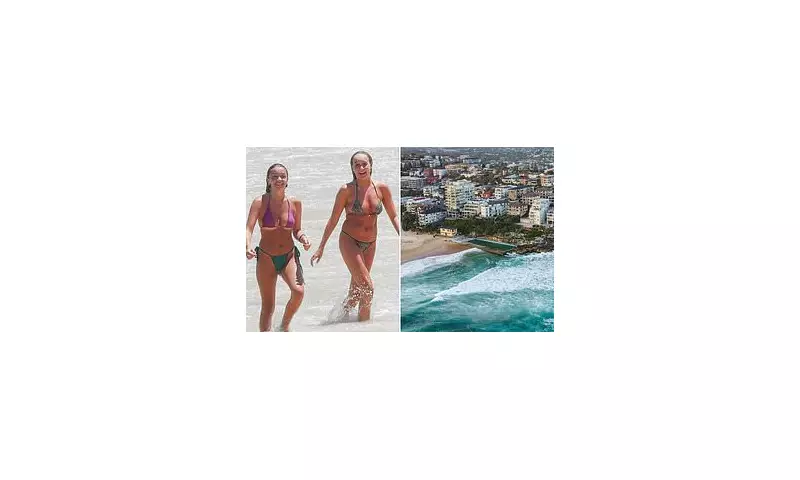
An alarming health crisis has emerged across Sydney's most popular swimming destinations as government testing reveals dangerous levels of faecal contamination just as summer approaches.
Shocking Test Results from Popular Swimming Spots
The New South Wales government conducted daily water quality tests at several of Sydney's most picturesque locations, including Tamarama Beach, North Curl Curl Beach, Long Reef Beach, Queenscliff Beach and Shelly Beach, along with Yarramundi Reserve and Narrabeen Lagoon.
The results revealed terrifying contamination levels that could pose serious health risks to swimmers. Enterococci readings at Narrabeen Lagoon exceeded safe limits by more than 700 percent during testing on October 30, while Queenscliff Beach showed faecal matter concentrations 1,400 percent higher than safe levels.
Additional testing identified Carss Point Baths, Shelly Beach and Yarramundi Reserve as having enterococci readings approximately 130 percent above safe thresholds.
Serious Health Risks for Swimmers
Exposure to contaminated water can lead to severe health consequences. Common symptoms of E. coli infection include abdominal cramps and diarrhoea, but more dangerous strains can cause haemolytic uraemic syndrome (HUS), a life-threatening condition that may result in kidney failure and even death.
Dr Ian Wright, a water testing expert with thirty years of experience, described Yarramundi in Sydney's west as 'a really dangerous place' to swim, particularly warning that young children and elderly individuals could become seriously ill if exposed to the contaminated waters.
Infrastructure Failures Behind the Crisis
According to Dr Wright, geographical factors play little role in beach water quality. Instead, he points to systemic failures in sewage infrastructure maintenance as the primary culprit.
'We love the coast in Australia which is where we build up, and take places like Bondi and Manly – have we built up the sewer system infrastructure at the same rate that we build the human population? And the answer is often no,' Dr Wright explained.
He noted that 'just about all sewers leak' and highlighted the challenge of prioritising sewer repairs against other infrastructure demands like hospitals, schools, roads and public transport.
Heavy rainfall has been identified as a major contributor to deteriorating water quality, overwhelming already compromised systems.
Safe Swimming Alternatives and Practical Advice
Despite the widespread contamination, several popular destinations maintained acceptable water quality standards. Whale Beach, Palm Beach, Newport, and Bondi Beach recorded the lowest levels of faecal matter over the past month.
Dr Wright recommended that swimmers trust their senses when evaluating water safety. 'Your senses are pretty good. If it smells off it probably is and the pollution is often associated with sewage,' he advised, noting that contamination often appears as a grey colour from disintegrated toilet paper rather than brown.
The expert identified Palm Beach, Avalon Beach and Whale Beach at the northern end of the Northern Beaches as the safest swimming locations, attributing their better water quality to newer sewage systems installed only 25-30 years ago and absence of high-rise development.
Dr Wright also highlighted how ocean currents affect contamination distribution, noting that Sydney's predominant north-to-south current can carry pollution from sewage outfalls at Manly, Bondi and Malabar toward southern areas like Cronulla.





